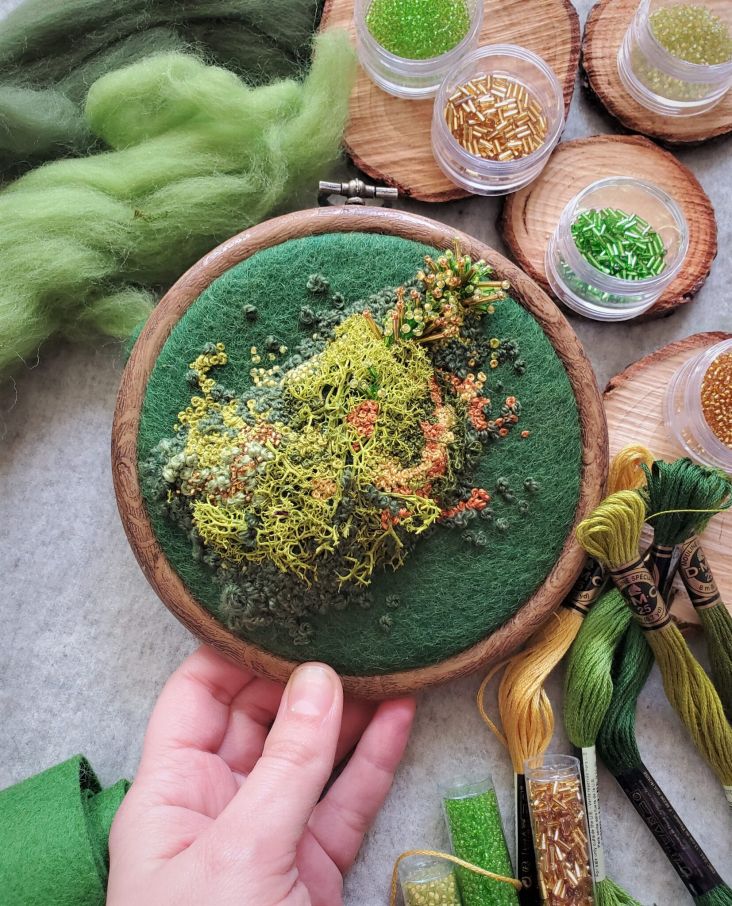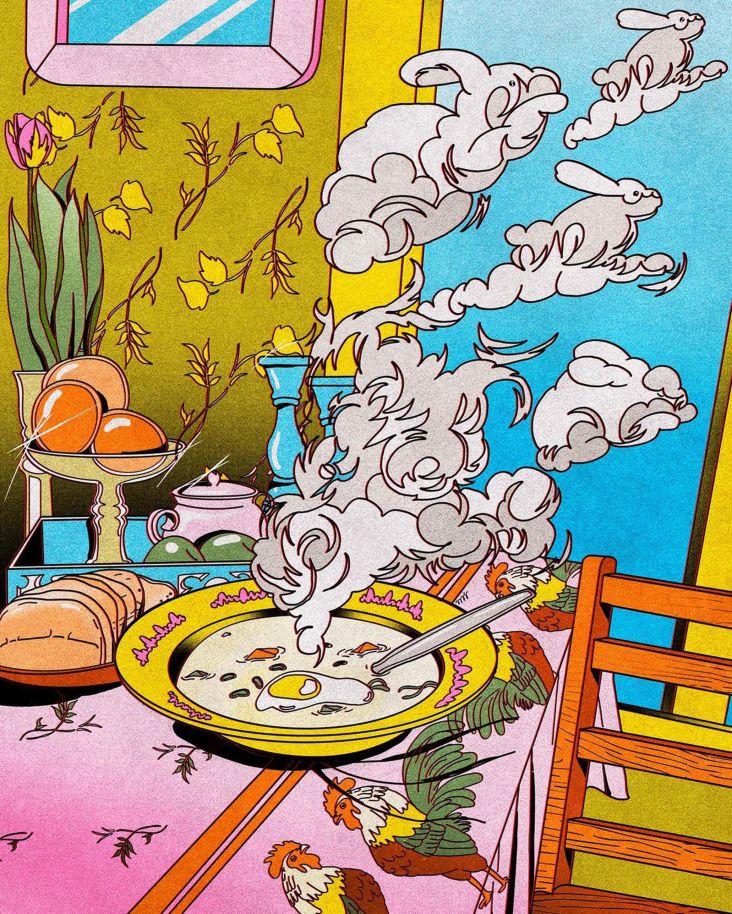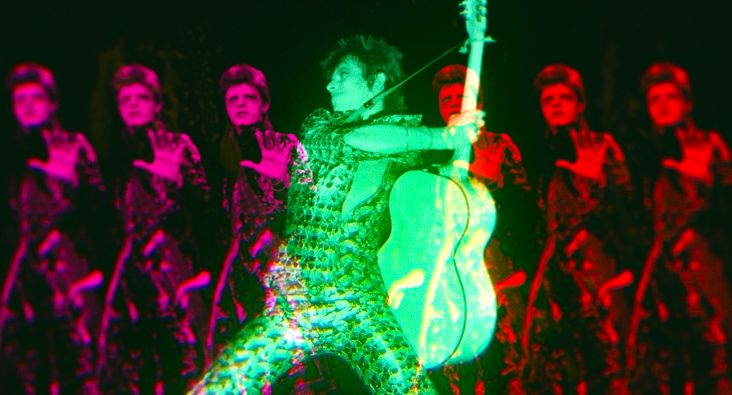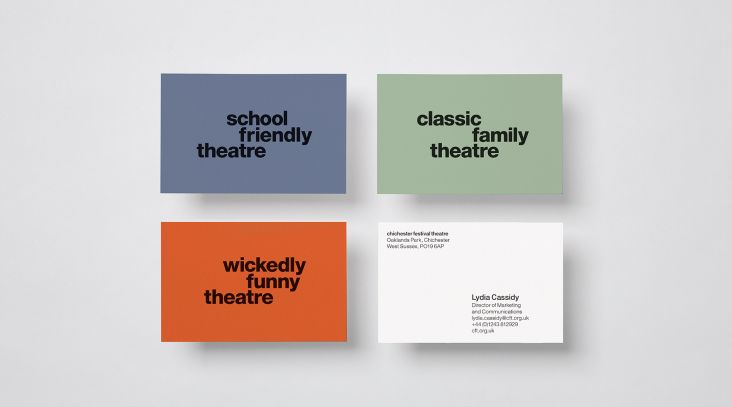Mike Nelson on his sensory new survey, scavenging objects and simulating reality
Extinction Beckons is the new immersive show from installation artist Mike Nelson on show at the Hayward Gallery. Without much curation, it's up to visitors to draw meaning and make sense of his nostalgic reimagining of mundane objects.
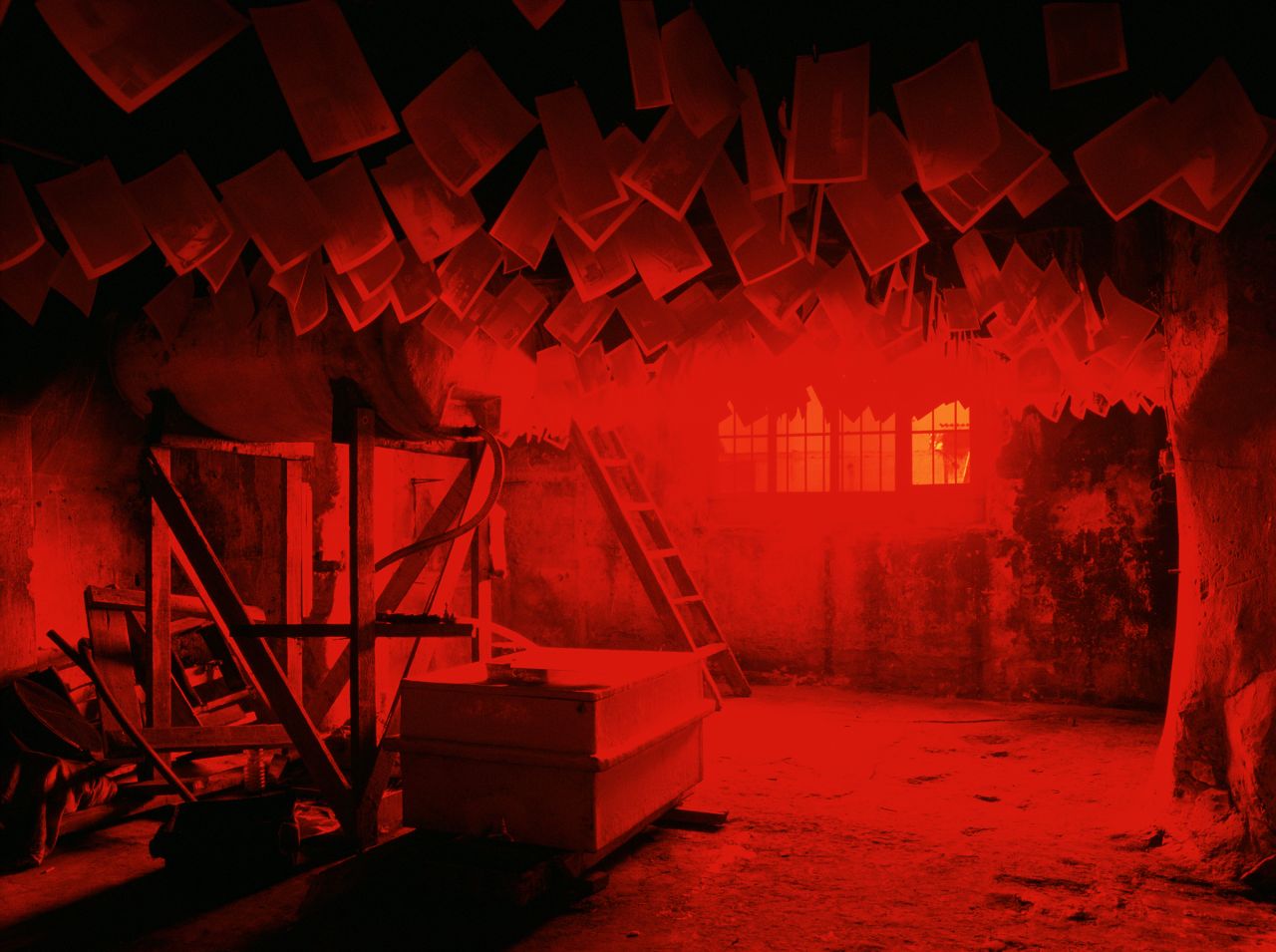
Mike Nelson, MAGAZIN: Büyük Valide Han, 2003. Installation view, Büyük Valide Han, 8th International Istanbul Biennial, Istanbul, 2003. Photo credit: Mike Nelson, Courtesy the artist and 303 Gallery, New York; Galleria Franco Noero, Turin; Matt’s Gallery, London; and neugerriemschneider, Berlin
Civilisation is looking pretty grim at the moment – with economic, social, political and environmental upheaval – but it's providing plenty of fuel for inspiration if British installation artist Mike Nelson's new show is anything to go by. Aptly (and forebodingly) titled Extinction Beckons, the survey marks Nelson's first and largest body of work, showcasing pieces dating back to the 1980s.
It's an amalgamation of objects scavenged from the depths of junkyards and flea markets, which through their presentation, serve to preserve fragmented moments with enough room for open-ended interpretation.
Though the survey's name anticipates and prophesies a doomed global future, its contents are rooted in imagination, touching on the fringes of reality and conjuring up the ghosts of nostalgia.
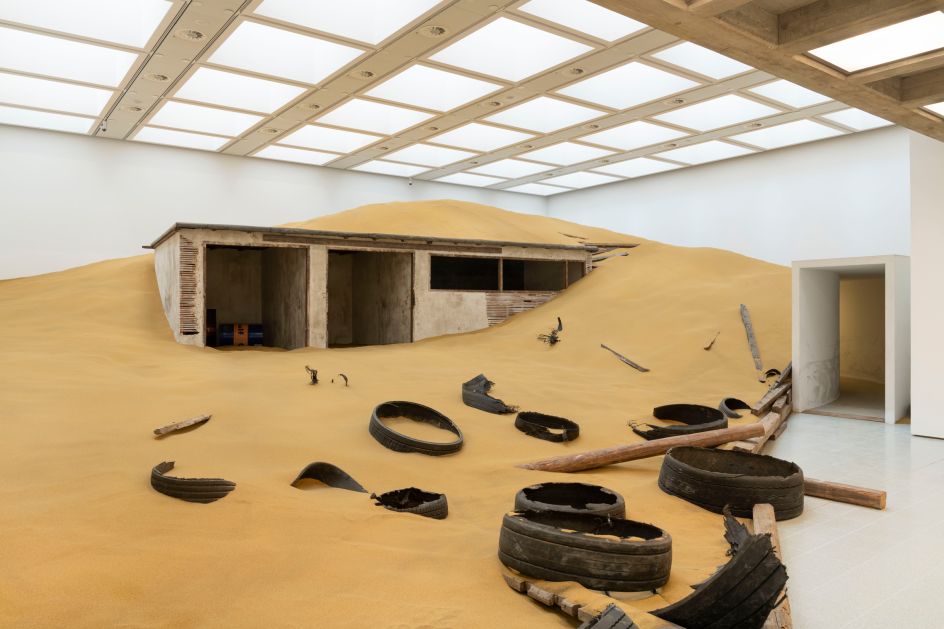
Installation view of Mike Nelson, Triple Bluff Canyon (the woodshed), 2004. Various materials. M25, 2023. Found tyres. Photo: Matt Greenwood. Courtesy the artist and the Hayward Gallery
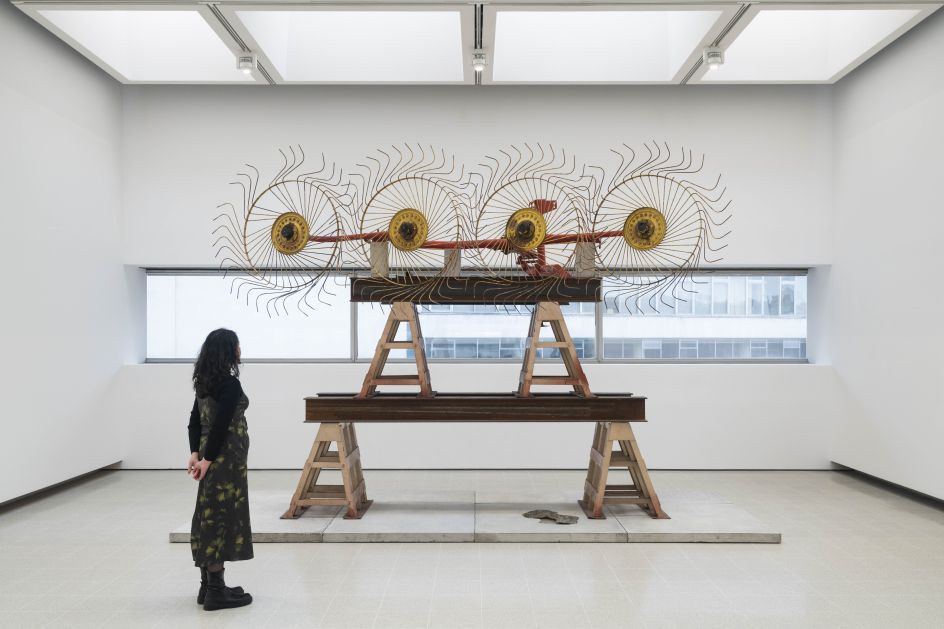
Installation view of Mike Nelson, The Asset Strippers (solstice), 2019. Hay rake, steel trestles, steel girders, sheet of steel, cast concrete slabs. Photo: Matt Greenwood. Courtesy the artist and the Hayward Gallery
But the show harks back to the process and practice of artistry, the cyclical nature of craft, ideas-making and putting an exhibition together. Much like the unsettled communities indirectly referenced in his work, there's a sense of inevitability with the passage of time and treading of familiar ground.
"I construct new works out of old works," says Nelson, referencing how he very literally recycles materials between collections – using over 5,000 metres of reclaimed wood and over 50 tonnes of sand to dramatically transform the Hayward Gallery.
The show opens in a red-lit storage unit that is instantly unremarkable and yet reminds visitors of how its contents initially arrived on-site and how they will be packaged and stored following the show's close. Similarly, the final room bookmarks this process with the full-scale reconstruction of Nelson's 2003 studio, an invitation to consider the evolution of the show's concept and its development right through to final execution.
It's an immersive collection – allowing visitors to freely move between installations and interact as they see fit. There's a maze-like ship curated to intentionally confuse and disorient attendees, presenting distorted realities and spaces that are purposefully misaligned while referencing the enforced movement of people and change through their chaotically-furnished yet recognisable environments. They are strange worlds to walk through and peer into.
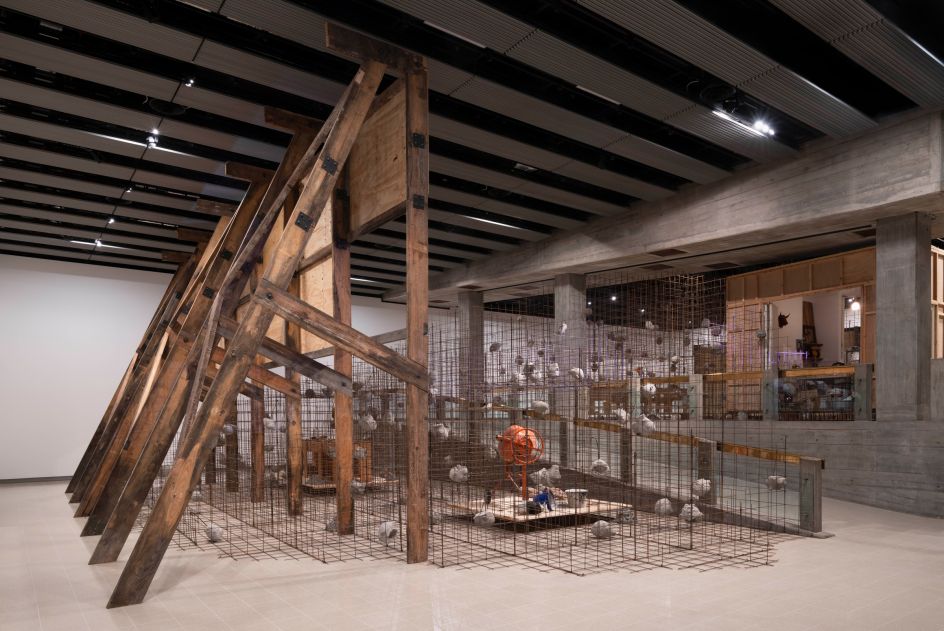
Installation view of Mike Nelson, Studio Apparatus for Kunsthalle Münster - A Thematic Instalment Observing the Calendrical Celebration of its Inception, 2014. Photo: Matt Greenwood. Courtesy the artist and the Hayward Gallery
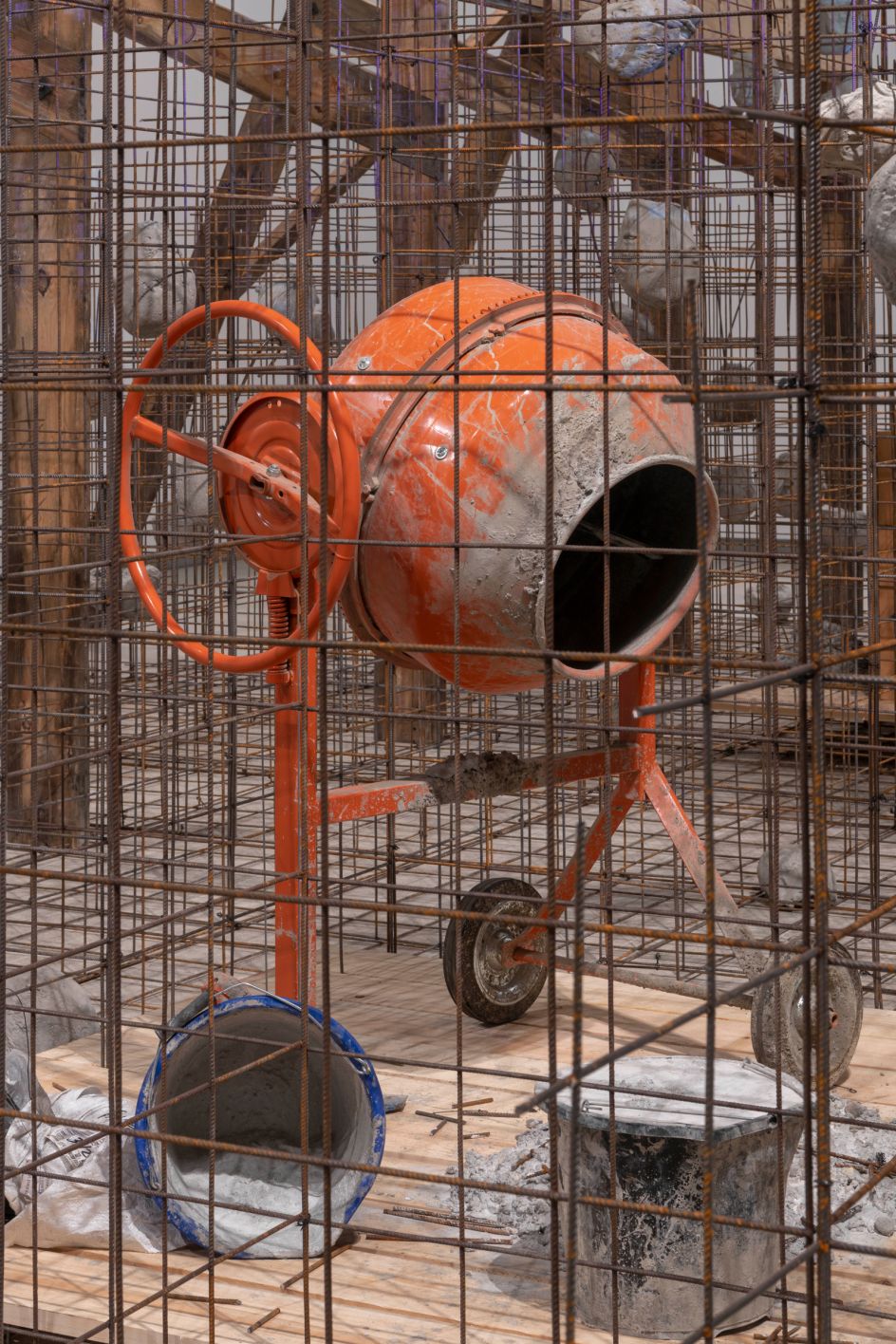
Installation view of Mike Nelson, Studio Apparatus for Kunsthalle Münster - A Thematic Instalment Observing the Calendrical Celebration of its Inception, 2014. Photo: Matt Greenwood. Courtesy the artist and the Hayward Gallery
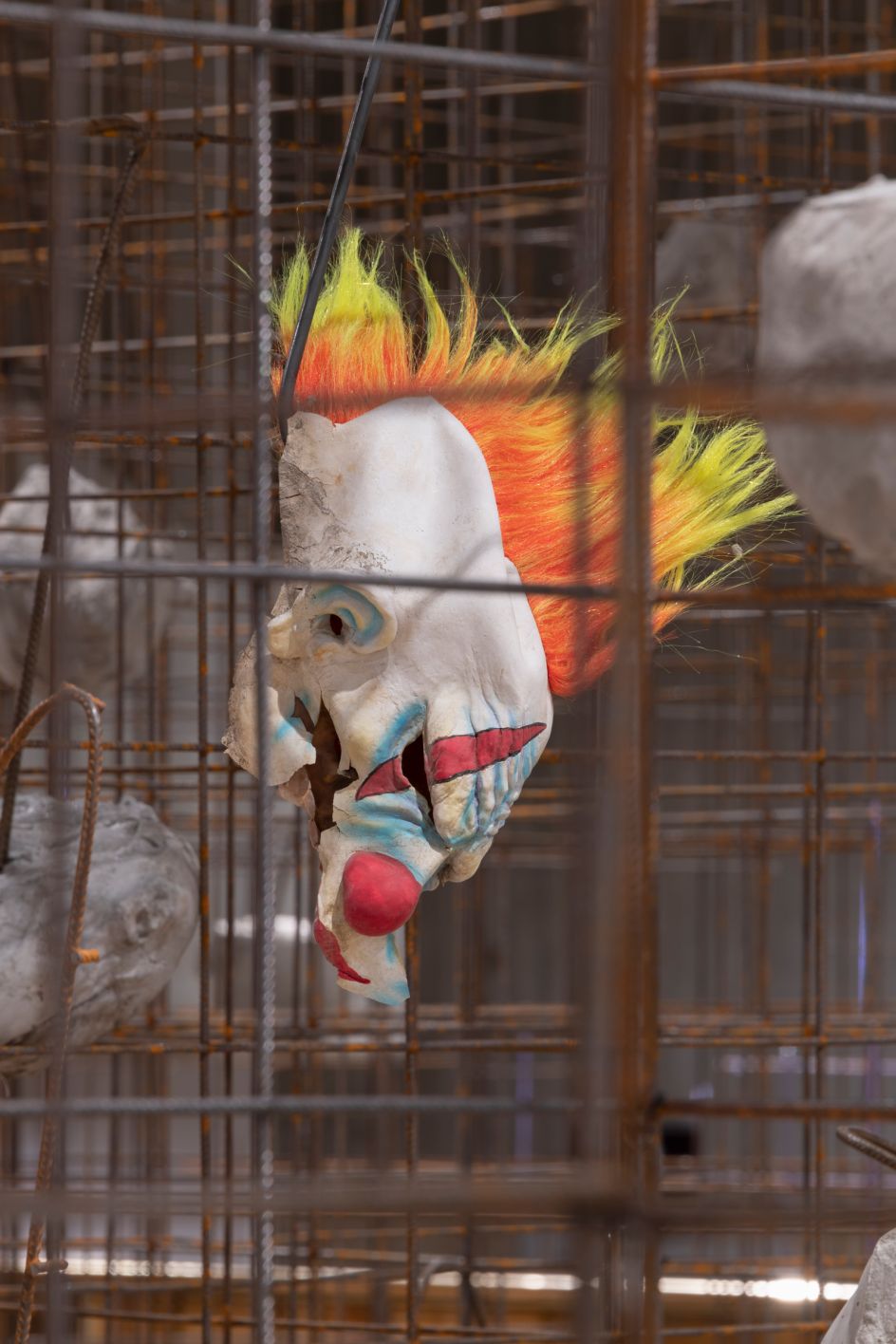
Installation view of Mike Nelson, Studio Apparatus for Kunsthalle Münster - A Thematic Instalment Observing the Calendrical Celebration of its Inception, 2014. Photo: Matt Greenwood. Courtesy the artist and the Hayward Gallery
Nelson worked incredibly closely with the curators to assemble the objects in a particular order, and yet there isn't much direction or guidance for visitors to lean on. In that sense, it's a sensual show, requiring visitors to venture through rooms, feel their associations with these objects, and consider the people they were once previously connected with.
It's equally eerie and risky, with large-scale activations that feel incredibly topical. Yet there isn't much signposting throughout the exhibition, allowing Nelson to put the onus for meaning onto the viewer and remove himself from commentary.
Ralph Rugoff, director of the Hayward Gallery, says: "The lack of curation allows the viewer to become the artist as they form their own narrative as they venture through the space."
He adds, "Mike Nelson's installations are 'interactive' in the very best sense: through potent arrangements of culturally and psychologically-charged props and architectural structures, they prompt each viewer to imagine a story that makes sense of the scene before them. Though his installations sometimes physically enclose us, their open-ended narratives beckon to a seemingly endless play of possibilities – even as they conjure bleak scenarios evocative of the fringes and margins of society."
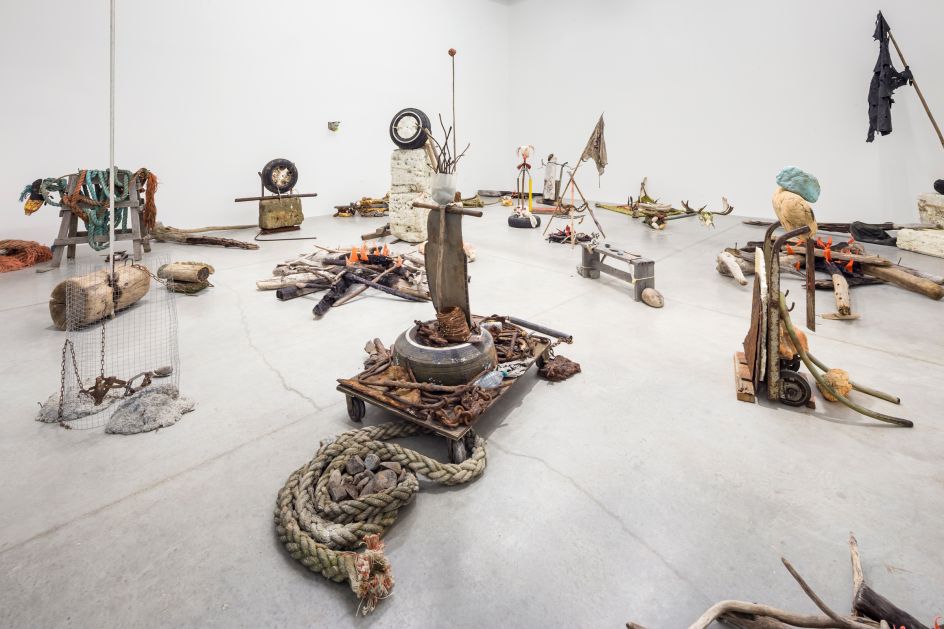
Mike Nelson, Gang of Seven, 2013. Installation view, The Powerplant, Toronto, 2014. Photo: Toni Hafkenscheid. Courtesy the artist and 303 Gallery, New York; Galleria Franco Noero, Turin; Matt’s Gallery, London; and neugerriemschneider, Berlin
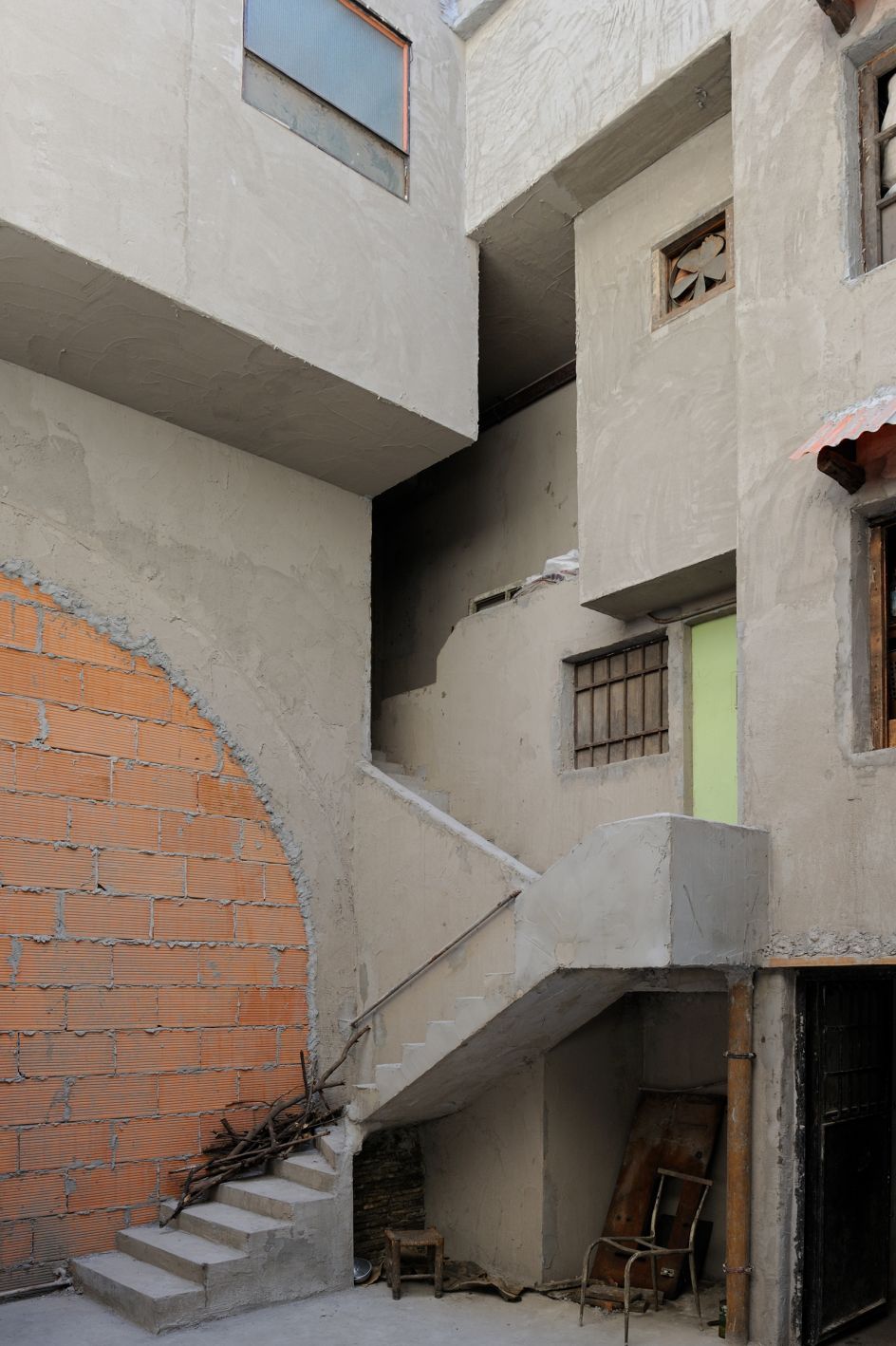
Mike Nelson, I, IMPOSTOR, 2011. Installation view, British Pavilion, 54th Venice Biennale, Venice, 2011. Commissioned by the British Council. Photo: Cristiano Corte. Courtesy the artist and 303 Gallery, New York; Galleria Franco Noero, Turin; Matt’s Gallery, London; and neugerriemschneider, Berlin
By fusing fiction with politics and presenting multiple histories, Nelson plays in imagined space, allowing viewers to participate in the exhibition and leave not quite sure of what they've seen but feeling affected by its contents and carrying its weight long after they've visited.
Like Nelson, who is intuitively guided into his creations, he concludes: "I avoided using the term retrospective because a survey suggests that the work is ongoing and moving forward."




 by Tüpokompanii](https://www.creativeboom.com/upload/articles/58/58684538770fb5b428dc1882f7a732f153500153_732.jpg)

 using <a href="https://www.ohnotype.co/fonts/obviously" target="_blank">Obviously</a> by Oh No Type Co., Art Director, Brand & Creative—Spotify](https://www.creativeboom.com/upload/articles/6e/6ed31eddc26fa563f213fc76d6993dab9231ffe4_732.jpg)









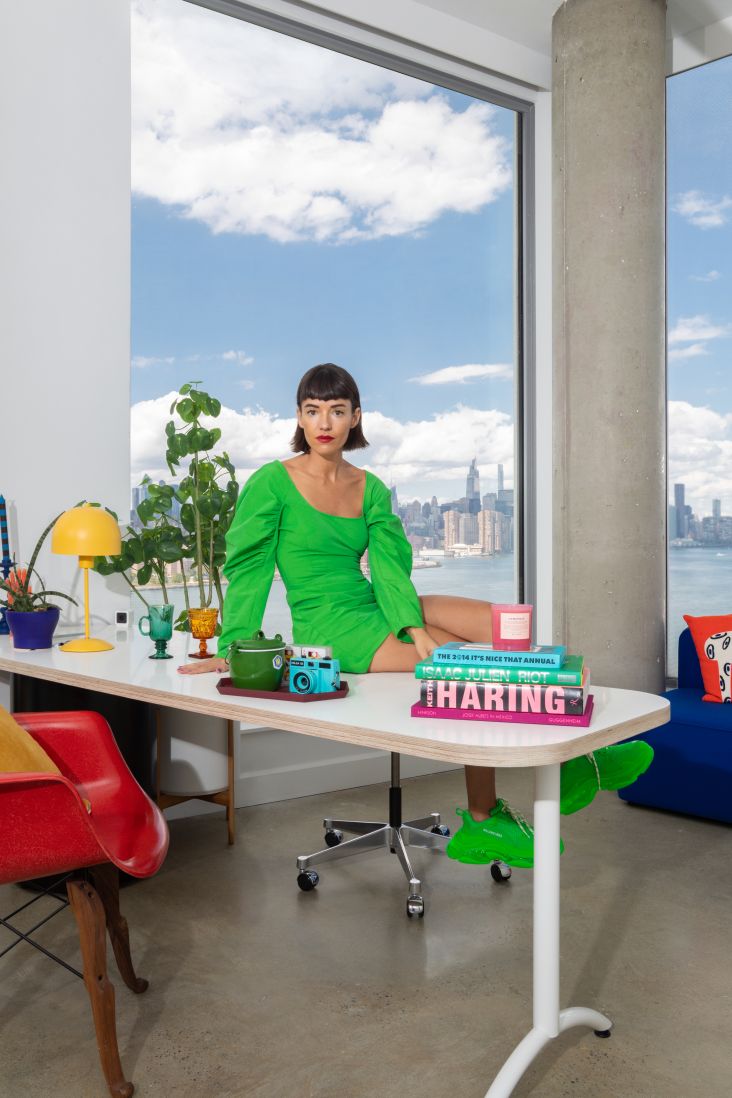
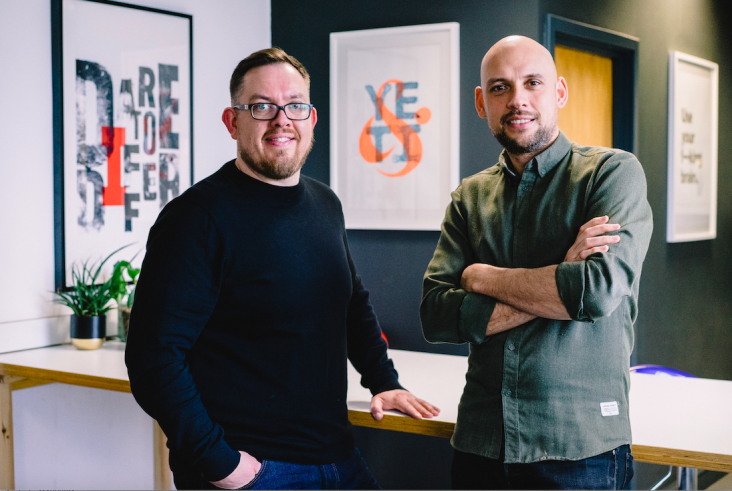
's ad for the Super Bowl 2023](https://www.creativeboom.com/upload/articles/ab/ab29e3ffef115ddd4d5c6d0d4e59c3e9deb2c5f9_732.jpg)
